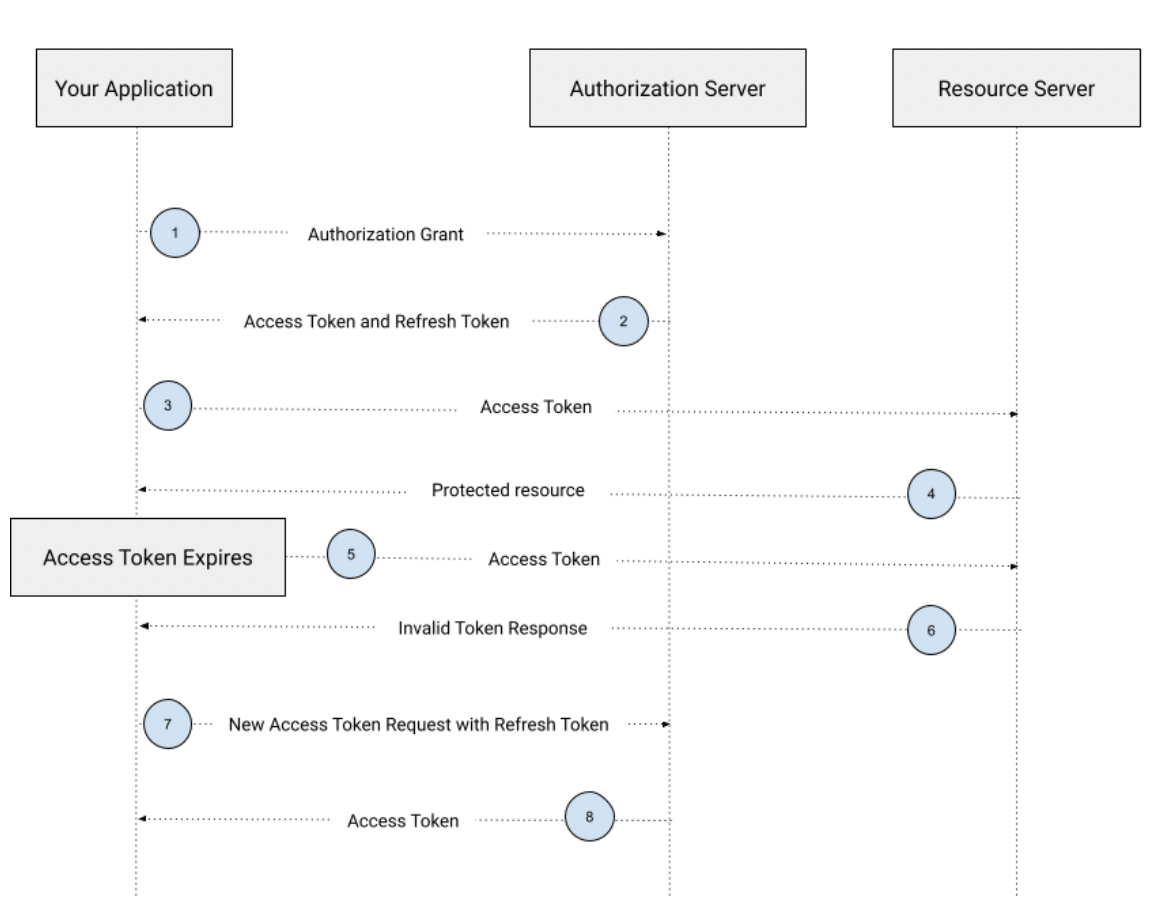
The cybersecurity world got a brutal wake-up call in 2024-2025 when ShinyHunters systematically compromised dozens of major enterprises using OAuth device flow attacks. We're talking Google, Qantas, Allianz Life, LVMH, Chanel, Adidas—organizations with supposedly mature security programs.
What makes this campaign terrifying isn't the scale (though millions of customer records were compromised). It's the methodology: sophisticated social engineering that bypasses traditional security controls without exploiting a single software vulnerability.
Here's how it worked: attackers called employees pretending to be IT support, guided them to authorize malicious OAuth applications, then used those legitimate tokens to access enterprise systems for months. No passwords stolen. No malware deployed. No network intrusions. Just humans making authorization decisions under pressure.
The Enterprise OAuth Reality Check
I audited 50 companies after the ShinyHunters revelations. The results were fucking terrifying:
47 out of 50 had device flow enabled across their identity providers. 46 didn't know what device flow was or how to disable it. The one company that knew about device flow had enabled it "for GitHub CLI access" and forgotten to restrict it to specific applications.
Average enterprise: 300+ OAuth applications connected to primary identity providers. When I asked CISOs to list their top 10 OAuth applications, they couldn't. When I showed them OAuth usage reports, the most common response was "I didn't know we had that many."
Zero OAuth governance at 80% of organizations. No approval workflows. No access reviews. No monitoring. OAuth applications were treated like browser bookmarks—anyone could add them, nobody managed them.
Why Traditional Security Failed
OAuth device flow attacks succeed because they exploit trust relationships rather than technical vulnerabilities. Traditional security controls assume you can distinguish between legitimate and malicious requests. OAuth attacks make this impossible.
When ShinyHunters called pretending to be IT support and asked users to visit login.microsoftonline.com and enter a code, users were visiting the legitimate Microsoft login page. The authorization screen displayed "Security Compliance Tool" requesting access to Salesforce data. Everything looked official because it WAS official—except for the phone call.
The attack vector bypassed:
- Multi-factor authentication (users completed MFA normally)
- Conditional access policies (the OAuth request looked legitimate)
- Network security (no malicious traffic detected)
- Endpoint protection (no malware involved)
- SIEM correlation rules (OAuth API calls appeared normal)
The Google Compromise: A Case Study
Google's Threat Intelligence Group disclosed that ShinyHunters accessed their Salesforce environment used by the Google Ads team, compromising customer contact information and sales data.
Think about that for a moment: Google—the company that invented modern authentication security—got owned by OAuth social engineering. If Google can't defend against these attacks, what chance do the rest of us have?
The Google compromise followed the standard ShinyHunters playbook:
- Reconnaissance to identify Google Ads team members with Salesforce access
- Social engineering phone calls impersonating internal IT support
- Guided OAuth authorization of malicious "Security Compliance Tool"
- Persistent access to Salesforce APIs using legitimate OAuth tokens
- Data exfiltration through normal API calls over several months
The Broader Attack Campaign
The 2024-2025 campaign wasn't opportunistic—it was systematic. ShinyHunters targeted specific industries and high-value organizations:
Aviation: Qantas customer database accessed through compromised Salesforce environment
Financial Services: Allianz Life (1.1M+ customer records) via third-party CRM platform
Luxury Retail: LVMH group brands (Louis Vuitton, Dior, Tiffany & Co.), Chanel, targeting VIP customer databases
Technology: Google Ads customer data, Workday corporate information
Sports & Fashion: Adidas customer and business partner information
Each attack followed identical patterns: OAuth device flow exploitation, Salesforce-focused data extraction, private extortion attempts before public disclosure.
The Cost of OAuth Ignorance
The financial impact goes beyond immediate breach costs:
Regulatory Penalties: GDPR fines for inadequate technical and organizational measures to protect personal data. OAuth social engineering attacks don't excuse compliance failures.
Customer Trust Erosion: When Chanel customers learn their VIP shopping data was accessed through "Security Compliance Tool" OAuth authorization, it's not exactly confidence-inspiring.
Operational Disruption: Emergency OAuth audits, forced application deauthorizations, and vendor relationship reviews. I watched one client spend 2,000 person-hours auditing OAuth applications after a breach.
Competitive Intelligence Theft: ShinyHunters accessed sales pipelines, customer contact lists, and business development information that competitors would pay millions for.
The Wake-Up Call
The 2024-2025 attack wave proved that OAuth security isn't just about technical implementation—it's about organizational security culture. You can implement perfect PKCE, rotate tokens religiously, and monitor API usage patterns, but if your users approve malicious OAuth applications during phone calls, none of it matters.
This isn't a technology problem that technology can solve. It's a human factors problem that requires human factors solutions: training, governance, and detection capabilities that account for social engineering attacks on authorization systems.

